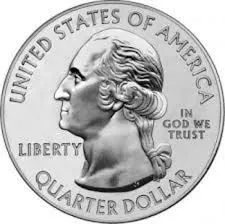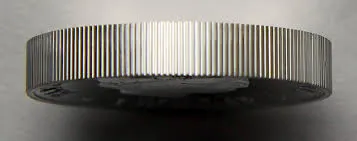Heads

Tails

The Edge

Here are the broad strokes of their research:
If the coin is tossed and caught, it has about a 51% chance of landing on the same face it was launched. (If it starts out as heads, there's a 51% chance it will end as heads).
If the coin is spun, rather than tossed, it can have a much-larger-than-50% chance of ending with the heavier side down. Spun coins can exhibit "huge bias" (some spun coins will fall tails-up 80% of the time).
If the coin is tossed and allowed to clatter to the floor, this probably adds randomness.
If the coin is tossed and allowed to clatter to the floor where it spins, as will sometimes happen, the above spinning bias probably comes into play.
A coin will land on its edge around 1 in 6000 throws, creating a flipistic singularity.
The same initial coin-flipping conditions produce the same coin flip result. That is, there's a certain amount of determinism to the coin flip.
A more robust coin toss (more revolutions) decreases the bias.
The 51% figure in Premise 1 is a bit curious and, when I first saw it, I assumed it was a minor bias introduced by the fact that the "heads" side of the coin has more decoration than the "tails" side, making it heavier. But it turns out that this sort of imbalance has virtually no effect unless you spin the coin on its edge, in which case you'll see a huge bias. The reason a typical coin toss is 51-49 and not 50-50 has nothing to do with the asymmetry of the coin and everything to do with the aggregate amount of time the coin spends in each state, as it flips through space.
https://econ.ucsb.edu/~doug/240a/Coin%20Flip.htm
Extrapolations based on the model suggest that the probability of an American nickel landing on edge is approximately 1 in 6000 tosses.
http://adsabs.harvard.edu/abs/1993PhRvE..48.2547M